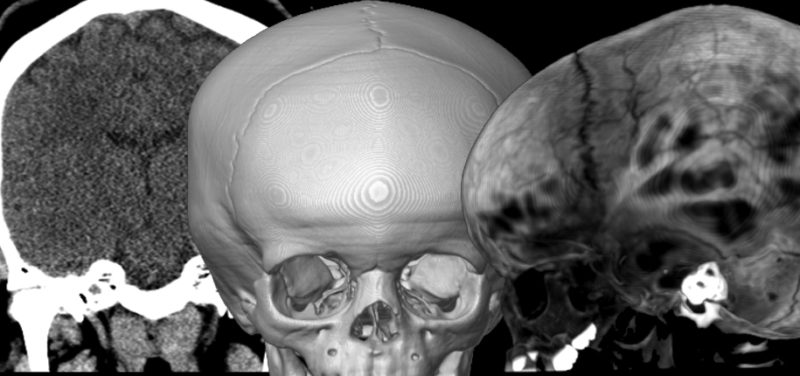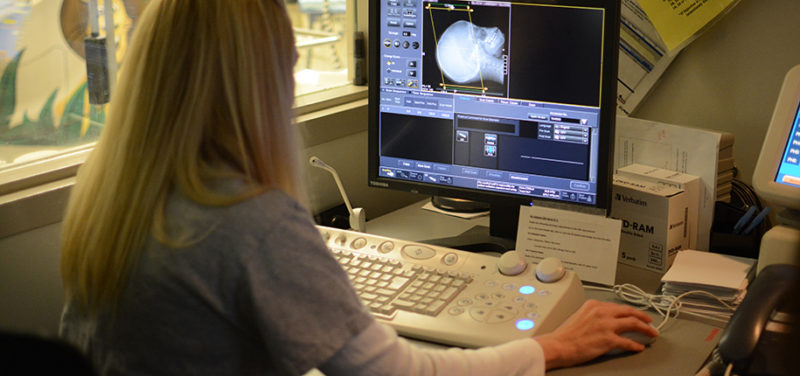
I am the chair of the Cincinnati Children’s Hospital Quality Assurance Committee for Radiation Generating Equipment–lots of words that mean that I am the Radiology Department’s go-to person for questions about radiation risk and radiation protection. Every year, and often every month, I receive questions from patients, families, or doctors about the risk of cancer from having an x-ray study. The letter below mixes many of the questions and answers from letters responding to these questions. I made up the names and the situation as described by my fictional Mr. Forbes; however, the questions are ones that I have received many times.
Dear Mr. Forbes,
Thanks for writing to us about your son’s recent radiation exposure. Not knowing makes any worry bigger, especially when it comes to our children. Radiation is a scary, complicated topic where many people disagree about the answers, but I think I can help. Here are some things about radiation that nearly all the people working in this area would agree on.
Your son Marcus had CT scans of his brain and body after he fell off the roof of a shed. Thanks for letting me know that Marcus is back to himself and doing great. I think your main questions were whether he is at risk for later cancer, and what you should do about CTs and other x-ray tests in the future.
First, everyone I’ve spoken to and whose scientific papers I’ve read agrees that if there is a risk from the radiation that Marcus was exposed to, it is extremely small. According to the American Association of Physicists in Medicine, a very highly respected organization, Marcus’s estimated radiation dose is too low to be detectable and it may be non-existent.
I know this may not make you feel better, because you’ve read many things that said there is a risk, even from just one X-ray. A widely accepted number is a 1 in 4000 risk of later cancer from a CT scan or other X-ray test that uses the same amount of radiation.
Something that can make us more worried is how the risk is described. If someone told me that a test had a 1 in 4000 chance of causing cancer in one of my children I would say that was too high, because I don’t want any risk to one of my children. But if I was asked to agree to a test was 99.975% safe, I’d say that was fine. The thing is, these two numbers are the same!

It’s still hard to make sense out of numbers like these. A number like 1/4000 doesn’t help me see how risky something is, so here’s another way to look at it. The chance of flipping a coin 12 times and having it come up heads each time is 1/4096. A way to look at a CT scan or other x-ray test is to ask if I would agree to do the test if I knew that the risk would only happen if I flipped a coin and got 12 heads in a row. I can’t think of any time I wouldn’t agree to a test that might help one of my children when the risk is that low. The CT scans that Marcus got told his doctors that he didn’t need surgery on his brain, and he hurt his spleen but it would heal on its own. In addition to avoiding surgery he didn’t need, his doctors fixed his broken leg right away instead of waiting a day or two to make sure everything else was OK. What was his later cancer risk from the CTs? About the same as the chance that you would flip 10 heads in a row on the first try. We talk a lot about the risk/benefit ratio of a test. If the risk is more than the benefit we shouldn’t do the test. I think that Marcus got a lot more benefit from his CT scans than a risk that’s the same as flipping 10 heads in a row.
You asked another question that I think is even more important. Should you avoid CTs in the future? The answer is no. What’s in the past is in the past. We can’t change it and it doesn’t affect what will happen in the future. For Marcus, the x-rays he was exposed to have either caused damage to a cell or not. Of course “or not” is very much more likely. Nothing can change that. That means that whether he should get an x-ray or CT in the future has nothing to do with how many he’s had in the past.
Related Article: Questions You Can Ask as a Parent to Help Minimize Radiation Dose
There should be only one question: is there a good enough reason to do the test to balance the risk? If so, he should get the test. If not, he shouldn’t. If there’s another test, and that test has less risk, then of course that would be the right thing to do.
I hope that this helps with your valid concerns about your son.
I wish you and your family the best,
Dr. Alan Brody
Contributed by Dr. Alan Brody and edited by Janet Adams, (ADV TECH-US).
